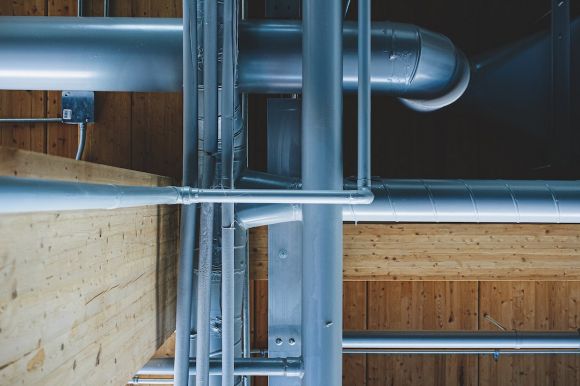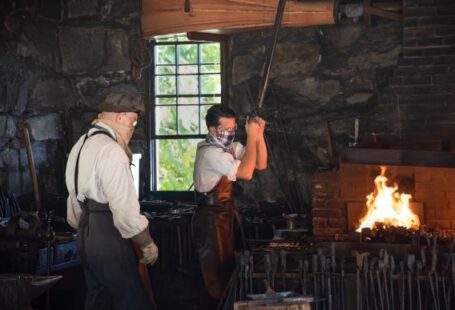Central heating systems have become a staple in modern homes, providing warmth and comfort during the cold winter months. However, the concept of central heating is not a new one. In fact, the development of the first central heating systems dates back thousands of years. In this article, we will explore the fascinating history behind the creation and evolution of these systems.
Ancient Roman Hypocausts: The Birth of Central Heating
The ancient Romans were pioneers in the field of central heating. They developed a system called hypocaust, which involved heating the floors and walls of buildings with hot air. This method was commonly used in public bathhouses and wealthy households. The hypocaust system consisted of a furnace located in the basement of the building, connected to a network of ducts that distributed the hot air throughout the structure. This innovation allowed the Romans to enjoy comfortable indoor temperatures even during the coldest winters.
Medieval Innovations: The Rise of the Fireplace
During the medieval period, central heating systems took a different form. Instead of distributing hot air through ducts, people relied on fireplaces to heat their homes. These fireplaces were built in the center of the house, with chimneys directing the smoke outside. Although this method provided warmth, it was not as efficient as the hypocaust system. However, the invention of the chimney was a significant development, as it allowed for better ventilation and reduced the risk of indoor air pollution.
Industrial Revolution: Steam and Hot Water Heating
The industrial revolution in the 18th and 19th centuries brought significant advancements in central heating technology. Steam heating systems became popular during this time, with steam boilers generating heat that was distributed through pipes to radiators in each room. This method allowed for more precise temperature control and improved efficiency. However, steam heating systems were expensive to install and required a constant supply of fuel.
In the late 19th century, hot water heating systems emerged as a more practical alternative. These systems used a boiler to heat water, which was then circulated through pipes to radiators or baseboard heaters. Hot water heating became the standard for residential and commercial buildings, offering better energy efficiency and cost-effectiveness.
Modern Innovations: Digital Thermostats and Zoned Heating
With the advent of digital technology, central heating systems have become even more advanced. Digital thermostats allow homeowners to program and control the temperature of their homes with ease. This not only ensures optimal comfort but also helps to reduce energy consumption and lower utility bills. Another major innovation is the concept of zoned heating, where different areas of the house can be heated independently. This allows for customized temperature control and further energy savings.
In conclusion, the development of central heating systems has come a long way since the ancient Romans first introduced the hypocaust system. From fireplaces to steam and hot water heating, each era has brought new innovations and improvements. Today, with the integration of digital technology and zoned heating, central heating systems have become more efficient, convenient, and cost-effective. As we continue to advance technologically, it is exciting to think about what the future holds for central heating systems and how they will continue to evolve to meet our ever-changing needs.





